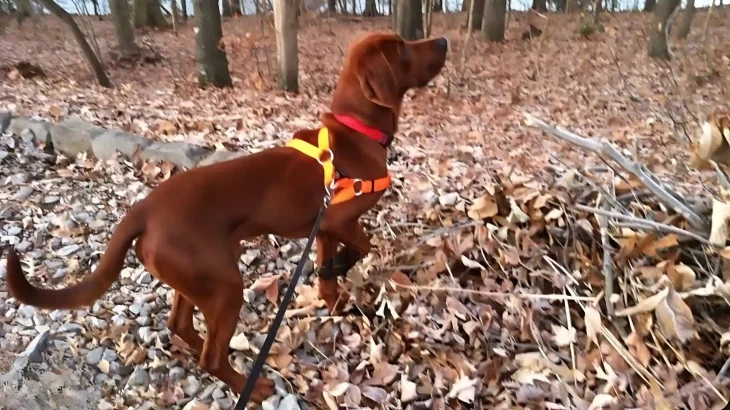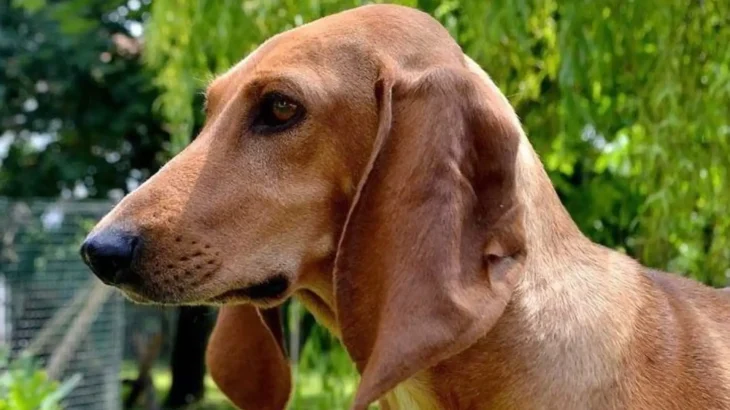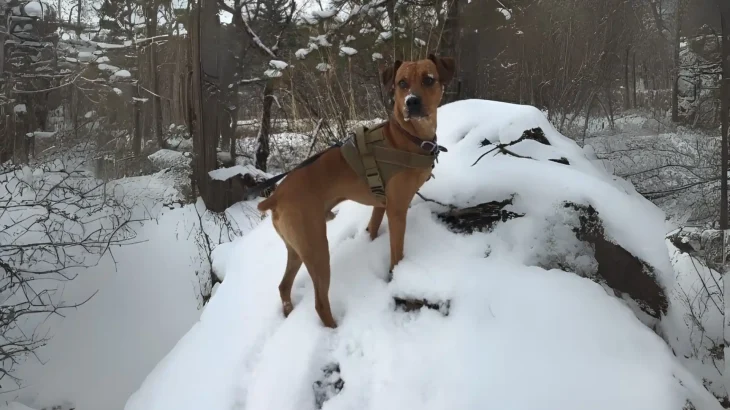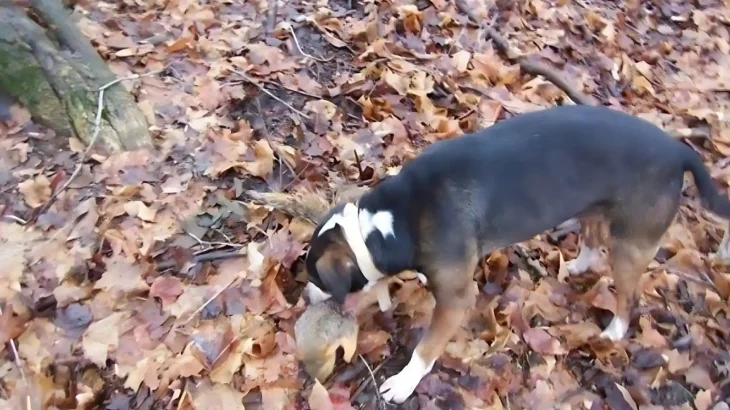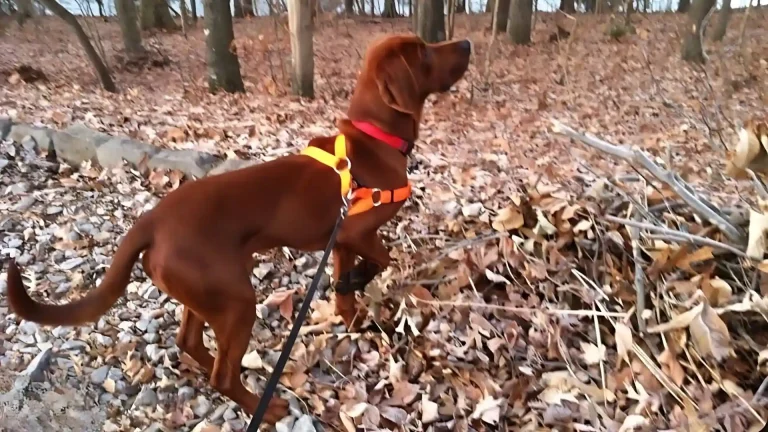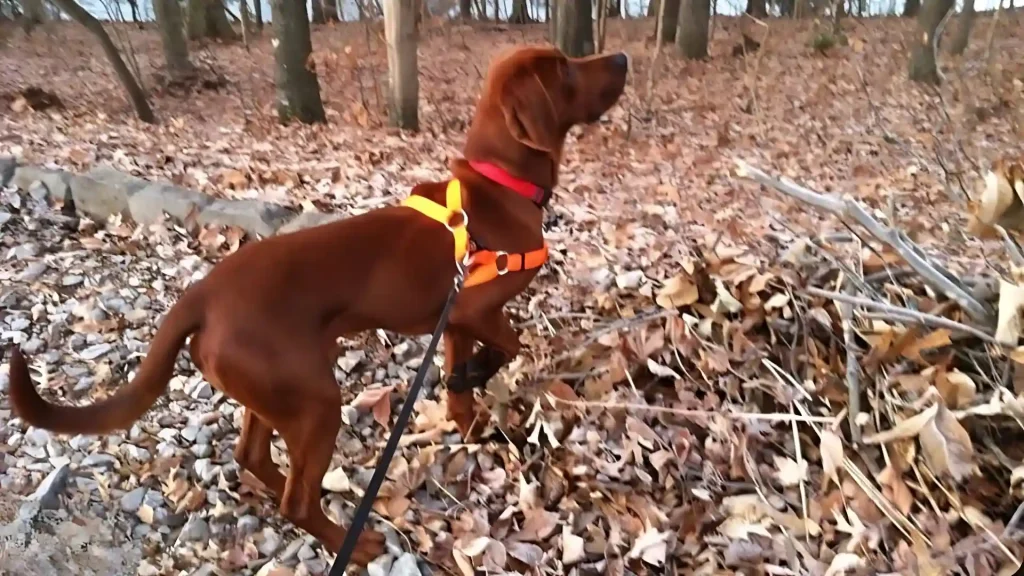When deciding how to welcome a Cajun Squirrel Dog puppy into your home, the choice generally boils down to purchasing from a breeder or adopting through rescue channels. Each path has distinct advantages, especially regarding access to breed-specific health info and supporting ethical practices related to this unique breed.
Adoption vs. Breeder: Pros & Cons
| Criteria | Buying from Breeder | Adopting from Shelter/Rescue |
|---|---|---|
| Cost | Usually higher; reflects breed rarity and quality ($800+). | Typically lower fees; more affordable way to bring a pup home. |
| Health History | Comprehensive health screening and lineage details expected. | May have limited or unknown health history; varies by rescue. |
| Age Availability | Mostly puppies available; ideal for raising from young age. | Range of ages, including adults ready for rehoming. |
| Temperament Insight | Breeders often provide temperament traits linked to lineage. | Temperament assessments based on observed behaviors; sometimes less predictable. |
| Supporting Practices | Supports controlled breeding; ensure choosing ethical breeders. | Supports animal welfare by giving homes to dogs in need. |
| Breed Purity & Pedigree | Documentation of pure Cajun Squirrel Dog lineage provided. | Breed purity may be uncertain or mixed; pedigree often unavailable. |

